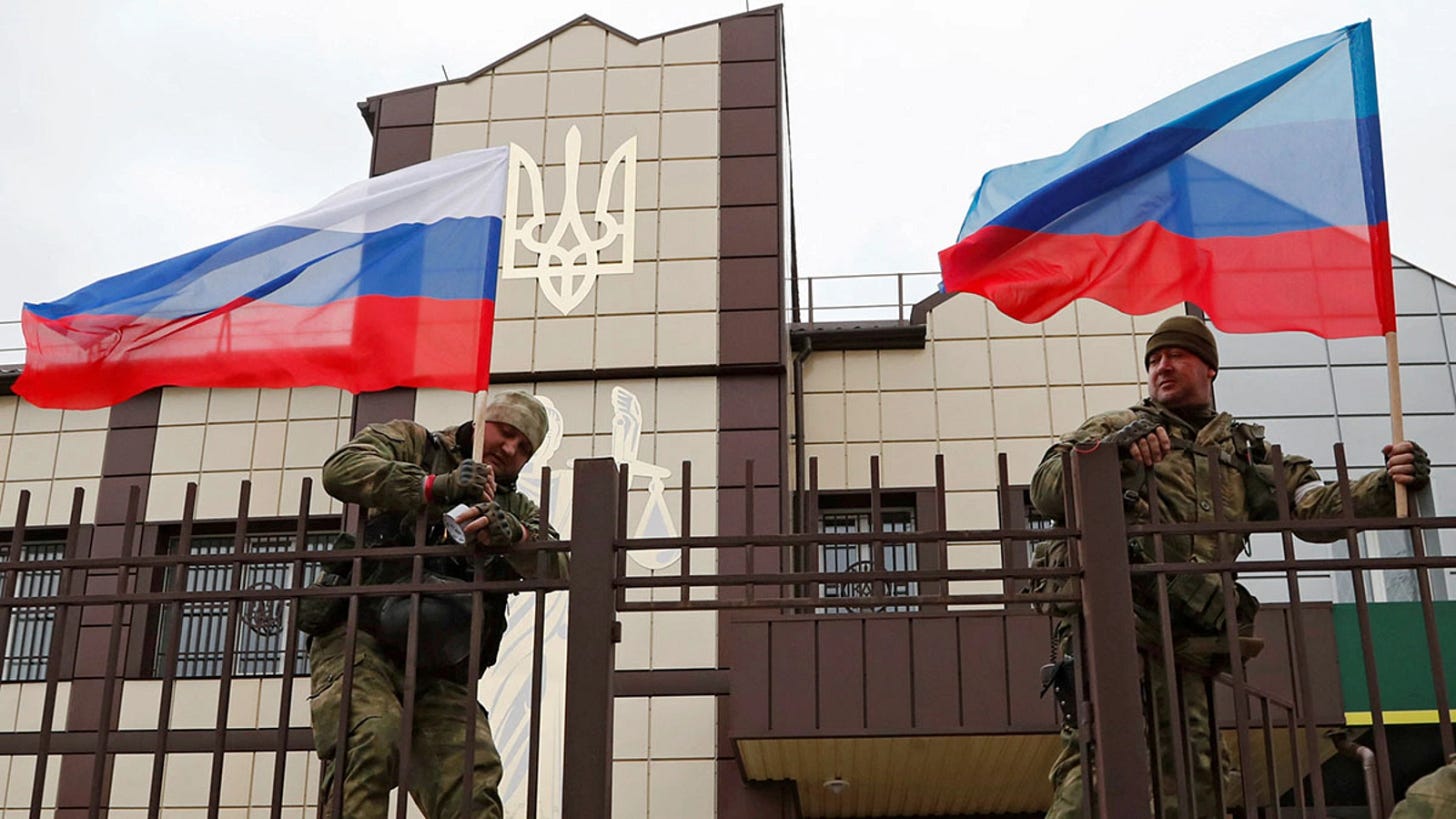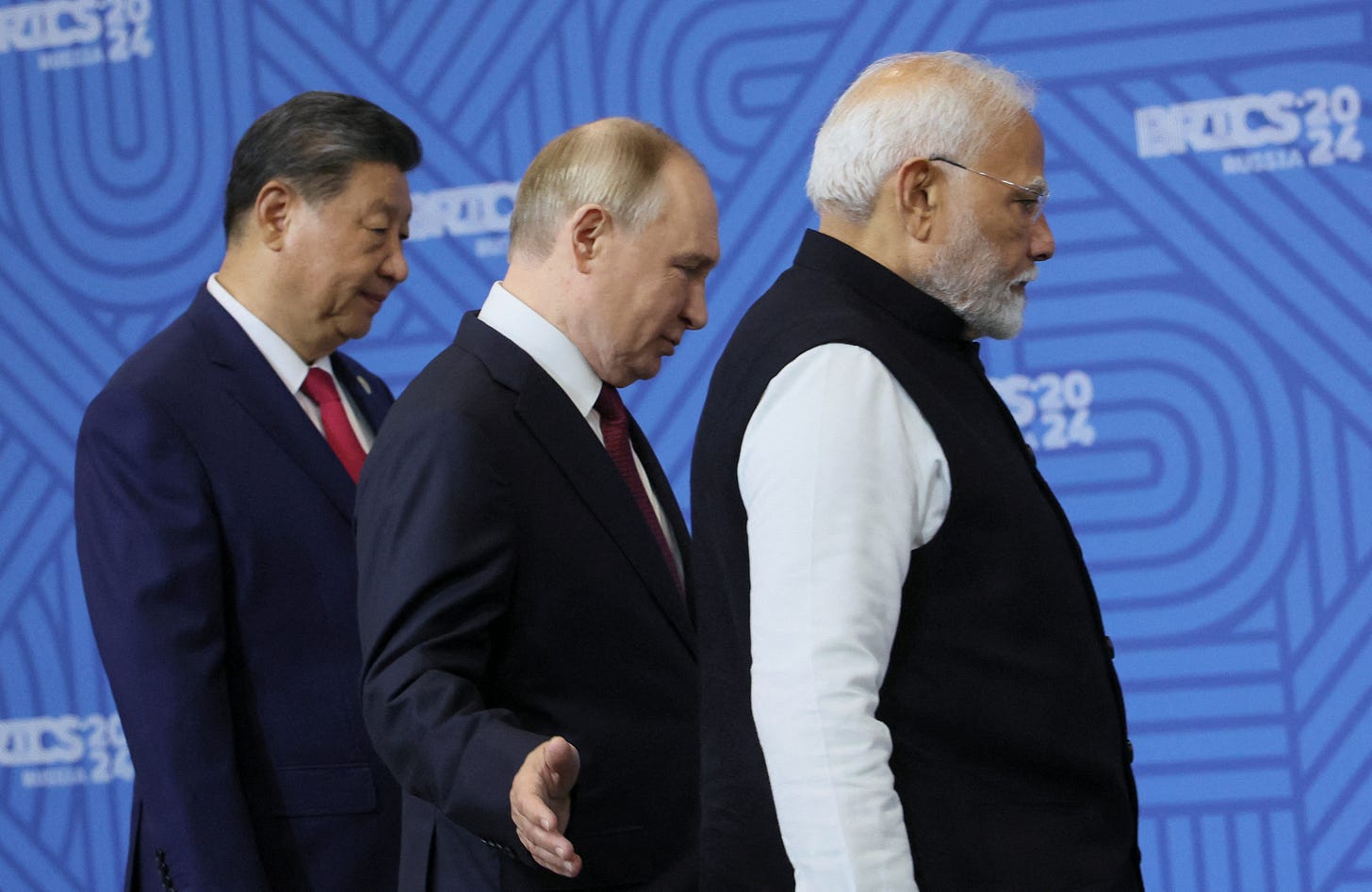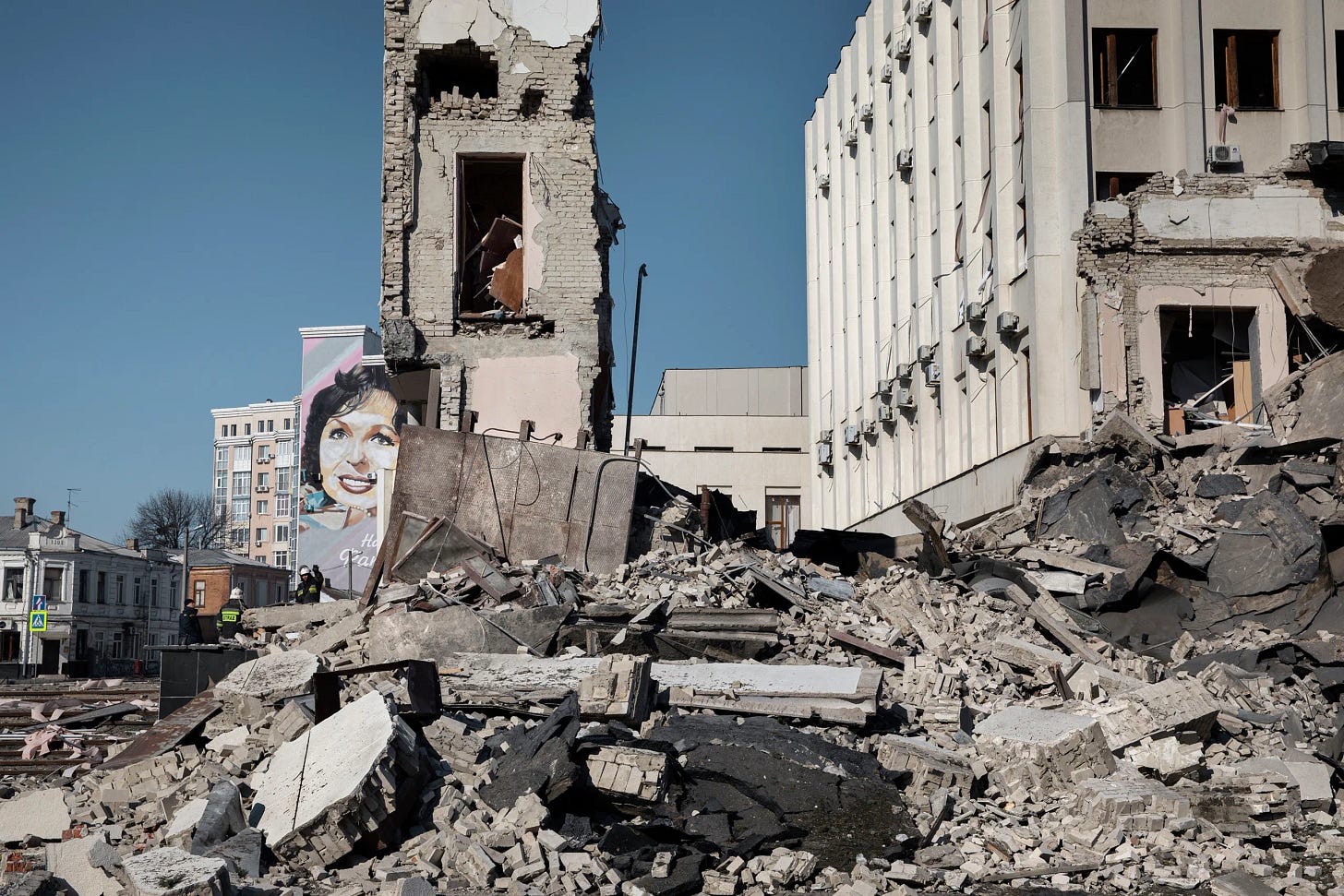A War Beyond Borders: Russia, Ukraine, and the Global Fallout
“War is merely the continuation of politics by other means.” — Carl von Clausewitz
Russia and Ukraine share a long and bloodsoaked past, one shaped by imperial ambition, ideological warfare, and national resistance. Once comrades under the banner of the Union of Soviet Socialist Republics (USSR), the dissolution of the Soviet regime in 1991 left behind a fractured legacy and a contested geography. Of the many republics that broke away, Ukraine emerged as one of the most geopolitically significant.
The chaos of the early 20th century was not unfamiliar to Ukraine. In 1918, amidst the political upheaval following the Russian Revolution, Ukraine declared its independence with Kyiv as its capital. Simultaneously, the Bolsheviks formed a rival Soviet regime in Kharkov, leading to violent confrontations between nationalists and communists, an early warning of the decades of contested sovereignty to follow.
The 2022 Invasion and Its Strategic Motives

More than a century later, history appears to be reasserting itself. On 24 February 2022, Russia launched a full scale invasion of Ukraine, an act widely condemned as a blatant attempt to reassert imperial control over its former satellite. This unprecedented act of aggression plunged Europe into its most severe security crisis since the Cold War, with Russian threats of nuclear escalation darkening the skies over an already war torn continent.
Ukraine, however, has not folded. In defending its territorial sovereignty, the country has shown remarkable resilience. Yet, recent developments have dramatically escalated the stakes.
The Renewed Russian Offensive
The summer of 2025 has marked a chilling resurgence in Russian military aggression. Over the past weeks, Russia has intensified its aerial assaults, launching hundreds of drones, missiles, and guided bombs in what many are calling the most aggressive wave of strikes since the early months of the war.
The principal theatres of this renewed offensive are Donetsk, Kharkiv, and Zaporizhzhia, regions symbolically and strategically significant to both sides. Russian forces, using a combination of drone swarms, long range artillery, and precision guided munitions, are seeking to reclaim lost ground and preempt further Western military support for Ukraine.
Particularly notable is the push near Chasiv Yar and Kupiansk, where Moscow appears to be replicating large scale Eastern Front strategies from the Second World War. The intensity, devastation, and troop concentrations in these areas draw unsettling parallels with the infamous Battle of Stalingrad, mass destruction, high casualties, and urban annihilation.
War on the Home Front
Kyiv, Kharkiv, and Lviv, cities that once bustled with life, have transformed into nightly battlegrounds. For residents, air raid sirens and rocket fire have become part of the rhythm of daily existence. Subterranean shelters, subway stations, bathhouses, and cellars now serve as makeshift refuges for civilians left homeless by the bombings.
It is in these dark, claustrophobic recesses that the real cost of war is felt. Thucydides, in The Peloponnesian War, wrote: “the strong do what they can and the weak suffer what they must.” The relevance of this ancient observation is not lost here. For all the geopolitical calculations and territorial ambitions, it is the ordinary citizen who pays the price.
In early July, Russian drone attacks killed at least six civilians including a toddler near Kherson. Dozens more were injured across the country. On July 10, another wave of strikes claimed four additional lives. The relentless targeting of civilian infrastructure, including power grids and residential areas, underscores Russia’s intention to instill terror as much as tactical advantage.
Nuclear Risk and Global Alarm
Of growing concern is the Zaporizhzhia nuclear power plant, Europe’s largest, which has seen its power supply repeatedly disrupted by surrounding conflict. UN Secretary General António Guterres voiced alarm at the “dangerous escalation and growing number of civilian casualties,” urging restraint amidst fears of a possible nuclear disaster.
As the war escalates, Western allies face a difficult decision, how far to support Ukraine militarily without provoking a wider confrontation. The geopolitical balance in Europe, and indeed the world, is under strain.
Implications for India and the Global South

India’s longstanding relations with Russia, rooted in Cold War nonalignment and energy dependence, have been tested by this war. At the same time, growing trade, security, and diplomatic ties with the West, particularly the United States, complicate India’s neutral stance. As Moscow deepens its confrontation with NATO and the EU, the consequences will reverberate far beyond Eastern Europe.
Historically, similar tensions have influenced India’s external alignments, whether during the Suez Crisis, the US invasion of Iraq, or the Afghanistan pullout. The war in Ukraine, like those before it, presents India with strategic dilemmas involving energy security, arms procurement, and diplomatic balancing.
Conclusion: A War That Reshapes the World
The Russia Ukraine war is no longer just a regional conflict, it is a global crisis with ramifications spanning military doctrine, international law, and the future of global alliances. Russia’s renewed offensive reflects both its desperation and its defiance. Ukraine’s resistance is as much about sovereignty as it is about survival.
What emerges from the fog of this war is a world edging toward unpredictability, where old empires try to rise and sovereign states are forced to defend their right to exist. The bombs may fall in Kharkiv and Kyiv, but the shockwaves are felt across continents.
As the war enters yet another bloody chapter, the only certainty is that history, as always, is being written in the ruins.
🔍 If you found this analysis insightful, subscribe to Geoview's Substack for weekly, verified geopolitical briefings that cut through the noise.







